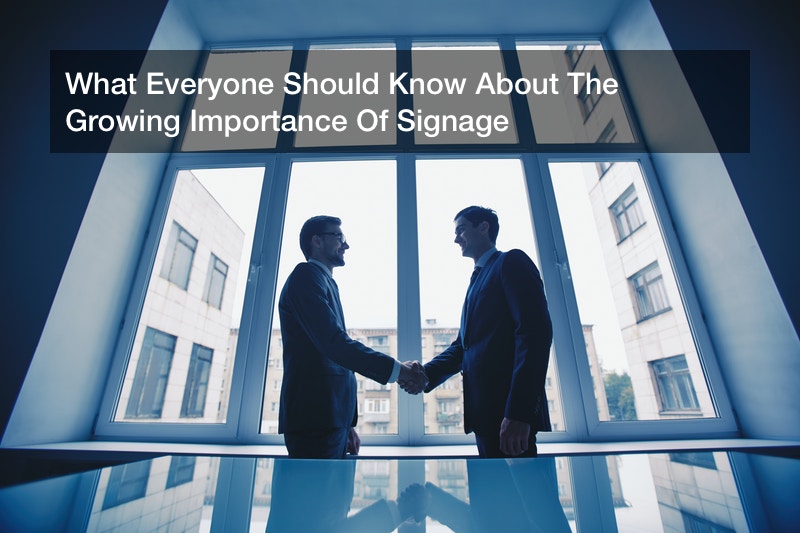

Trade shows are an excellent way for business to interact with customers in a large, open environment that lends itself to selling and engaging customers. It’s great way for businesses to drum up interest in their product or service by giving a live demonstration and keep existing loyal customers coming back for more! But all the hard work it takes to prepare for a trade show can go right out the window if proper exhibit booth design isn’t employed. After all, what’s the point of attending an lucrative event like that if trade show exhibit design isn’t even taken into consideration at all?
When it comes to trade show booth designs and effective booth designs in general, it’s important to keep a few things in mind. First and foremost, it’s important to remember that custom exhibit designs are not only a reflection and extension of your brand, but they’re also a space that has to be functional because you’ll be working in it for hours a day and perhaps even or a few days at a time. When brainstorming ideas for exhibit booth design, keep these three valuable questions in mind: Who is going to actually construct this thing? And how much is it really going to cost? Oh and, will it function properly too?
Most businesses that attend trade shows are so focused on the aesthetics of the space that they neglect to factor in how well it will actually function. That’s what good design is about after all, a balance of both form and function! Aside from visual graphics that are enticing and inviting to prospective customers, an effective exhibit booth design should also have the necessary meeting and storage areas based on the company’s needs. Both employees and attendees alike should feel comfortable and at ease in navigating the space without feeling bombarded by visuals or cramped in anyway.
Effective exhibit booth design tips
Keep the following things in mind when creating an exhibit design that gets the job done and looks good doing it.
Get real in terms of real world research
Nothing beats hands on experience and inspiration! Attending a trade show as an attendee and not a employer is a great way to start the exhibit booth design process. You’ll be able to take note of booth designs that catch your eye in a pleasing way and others that are just plain old eyesores. Be sure to snap a few pictures for future reference and to take any notes as needed. And if you see a both that really catches your eye — in a good way — then don’t be afraid ask a few questions about who made it, who designed it, how old the display is, and well it functions. Even if the staff are less than thrilled about answering your questions, take a few moments to creep on the space and see how well they’re able to do their job within in.
Know the difference between 2d graphic design and 3d booth design
If you decide to hire a professional trade show booth designer, keep in mind that there are major differences between the disciplines of 3d design and 2d graphic design. While the tenants of effective design apply to both — form and function — their execution is done much differently though both are needed in order to create a stunning exhibit booth design. A 3d designer focuses on aspects such dimensions and restraints, lines of sight, traffic flow, and more. A 2d graphic designer on the other hand is responsible for creating the stunning graphics that will draw people into the booth. A talented graphic designer will know that creating graphics for an event such as a trade show is much different than creating designs for brochures, websites, or print advertisements.
Your company name doesn’t necessarily have to be front and center
A common mistake that a lot of young companies make when attending a trade show is plastering their name in large writing across the top of the booth. This isn’t necessary! It’s more about creating a feel, not advertising.

